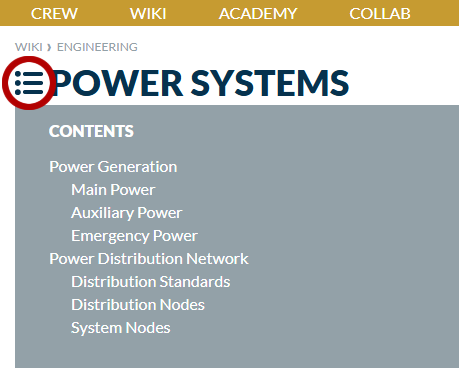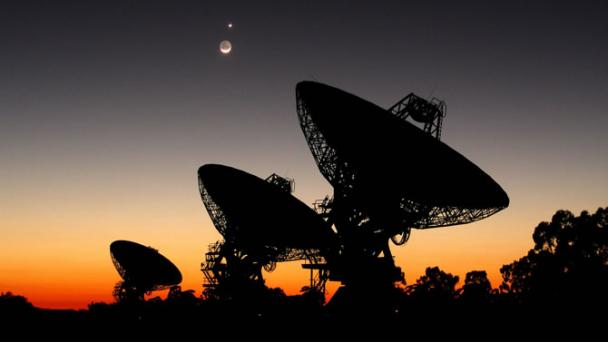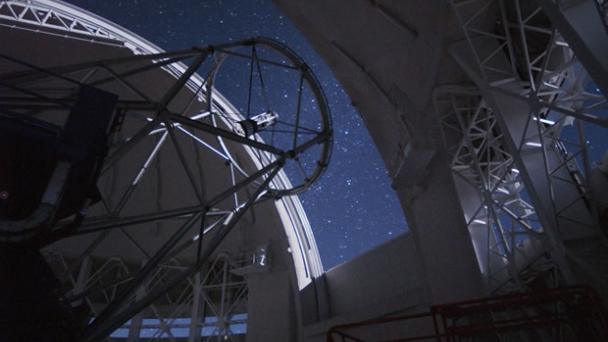The ISDC is aware that we share the galaxy with one or more advanced alien civilisations, although contact to date has been limited to tactical engagements with often unfortunate outcomes. Much of the advanced technology that will be used to reach deep space has been recovered from encounters like these.
A key mission objective for the ISDC is to make first contact with these civilisations and establish diplomatic relations. This is seen as vital to preventing a potential war that the human race may be ill-equipped to fight, although little is known about the motivation behind recent visits to Earth and even less about the visitors themselves.
To date there has been no direct contact with any extra-terrestrial visitors. A number of corpses have been recovered which has driven speculation that there may be more than one extra-terrestrial race visiting Earth, although as the ISDC’s lead exo-biologist Dr Daffyd Jones admits, “any physiological differences may simply be the result of gender. We just don’t know enough about them at this stage.”
As to why the visitors have come to Earth, analysis of recovered vessels has failed to detect any form of weapons system. This suggests the visitors are not inherently hostile but simply curious. Alternatively, it may mean such systems are simply too advanced to be recognised, or that the vessels are shuttles or scouts and so not equipped with weapons.
The governments behind the ISDC are not yet prepared to assume the worst, however.
Diplomacy
The drive for diplomacy is one of the major differences with the rival program run by the US Air Force and is why the ISDC was established.
A group of senior scientists and strategists from the US deep space program had become alarmed at the extent of militarisation within that program, fearing it would likely provoke a war that humanity could not win. With no international co-operation, the group also felt it ethically problematic that the rest of the world would only learn of the situation when war broke out.
Concerned that too little was being learnt about the extra-terrestrial visitors to justify the US ‘defence-first’ policy, a subsection of the group staged a dramatic defection in co-operation with sympathetic elements within the Australian government and military, staging their own deaths in a plane crash and relocating in secret to Australia. Even now the US Air Force continues to think the missing scientists are dead.
Communication
A major challenge to making first contact will be finding a way to communicate. Even assuming that the visitors use verbal modes of communication, it is highly likely their language will be fundamentally different to anything heard on Earth.
“We need to create an understanding of language at a much higher level of abstraction than needed for simply translating between terrestrial languages,” says exo-linguistics specialist Dr John Smith.
“We’re searching for the fundamental building blocks of language – the ones needed for any form of complex communication, even non-verbal. But using that to deliver translations in the field under these kinds of circumstances is… well, it’s mind-blowing.”
 The new website looks much the same as the old one but has been completely rebuilt under the surface. We've carried across as many of the nifty features from the old site as we can and added a few new ones.
The new website looks much the same as the old one but has been completely rebuilt under the surface. We've carried across as many of the nifty features from the old site as we can and added a few new ones.










